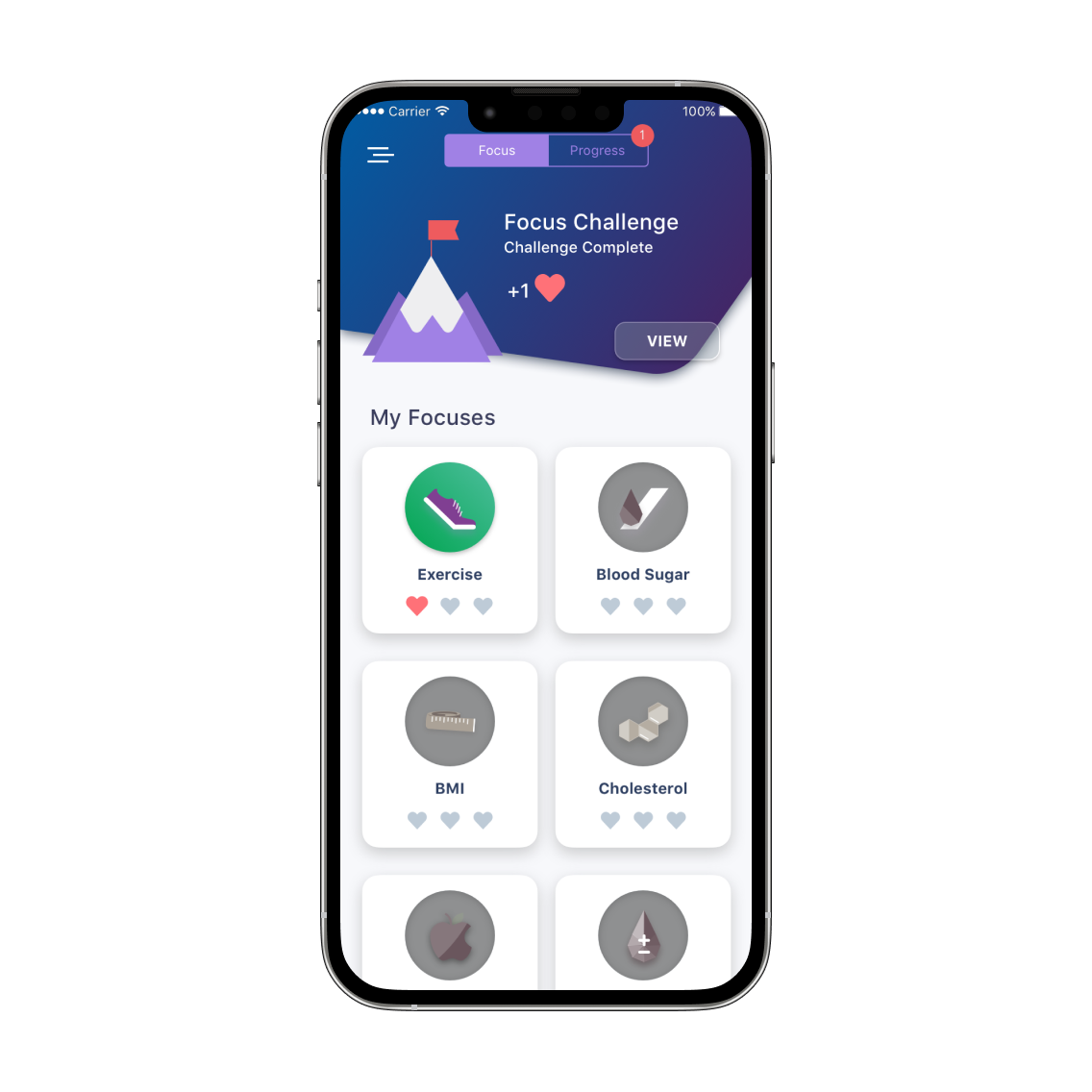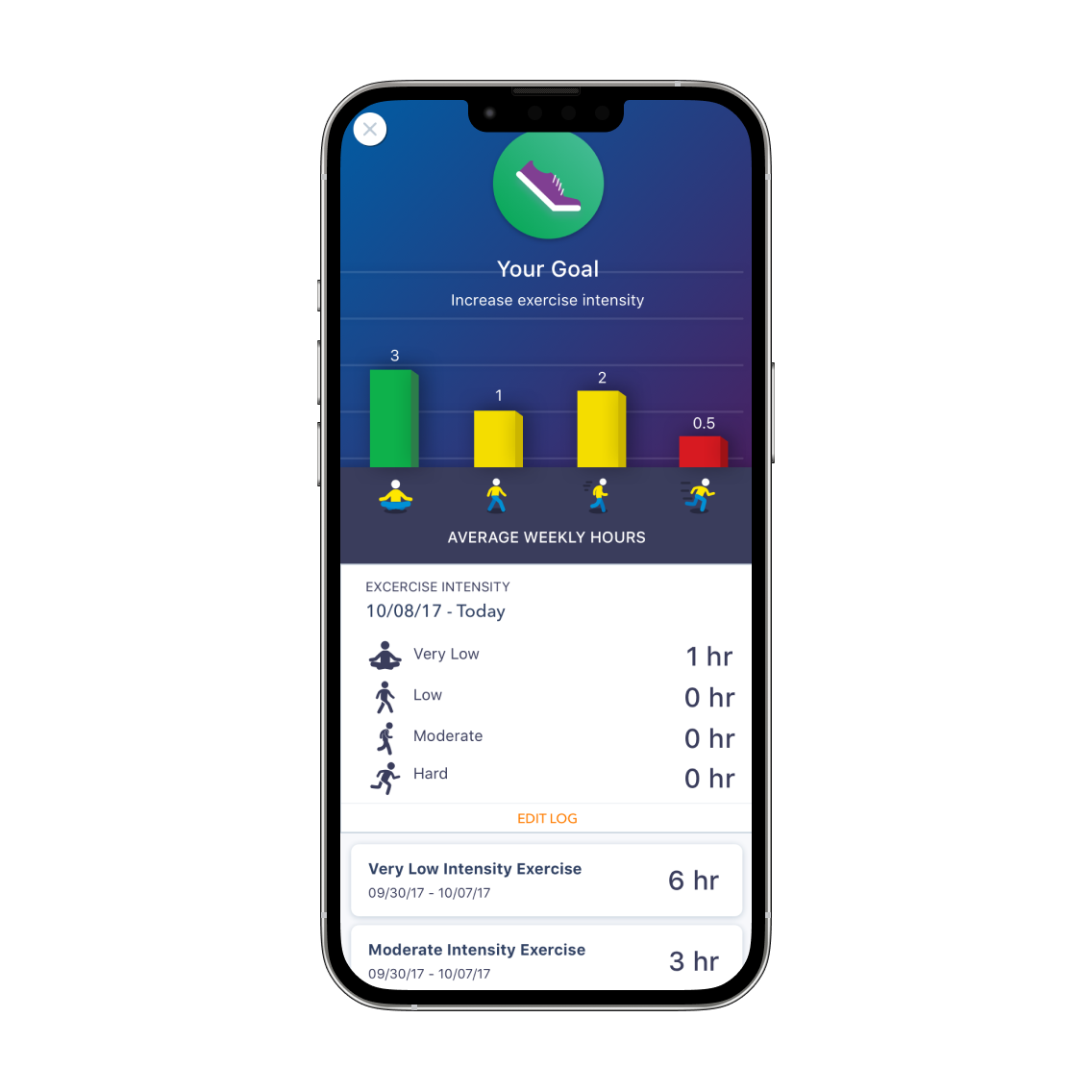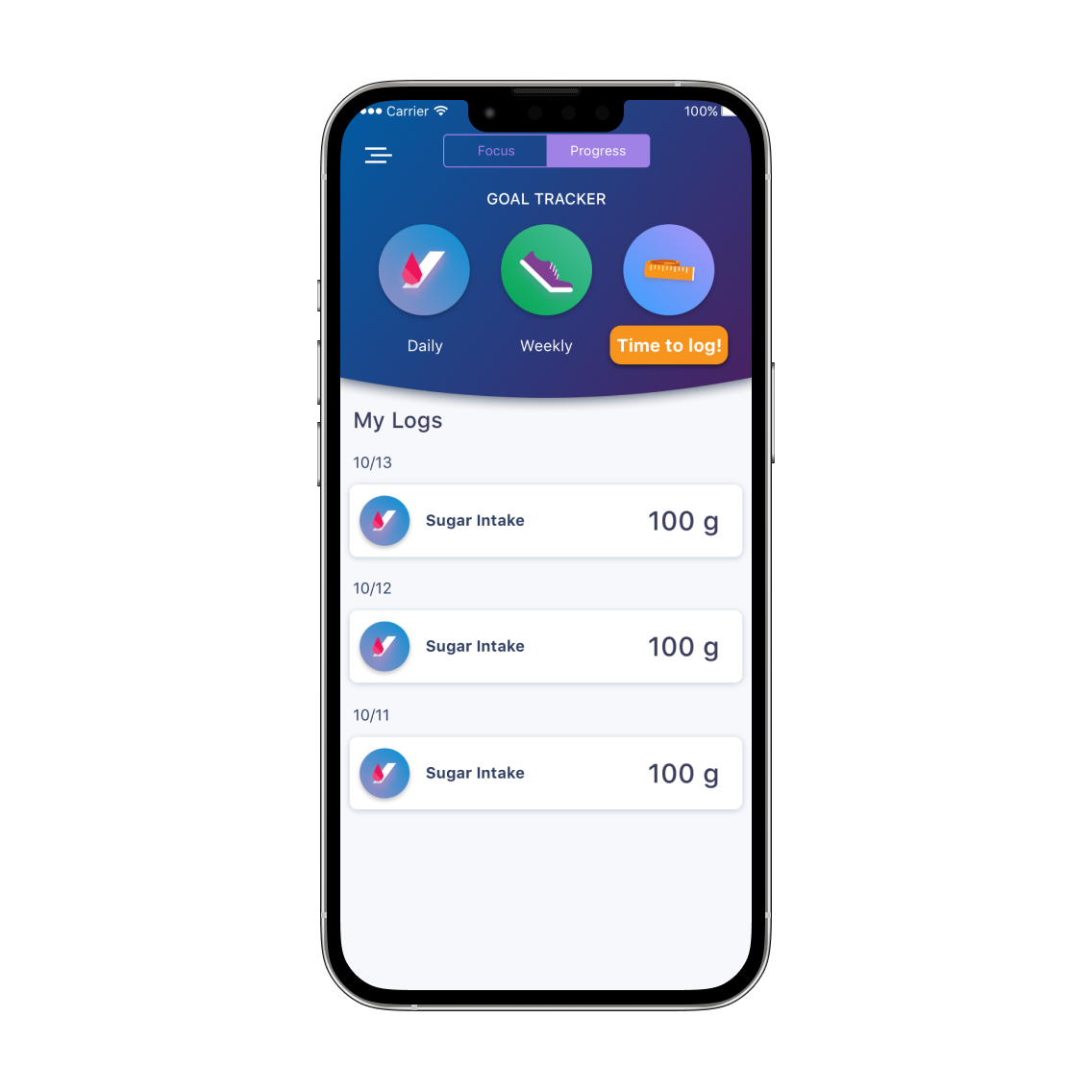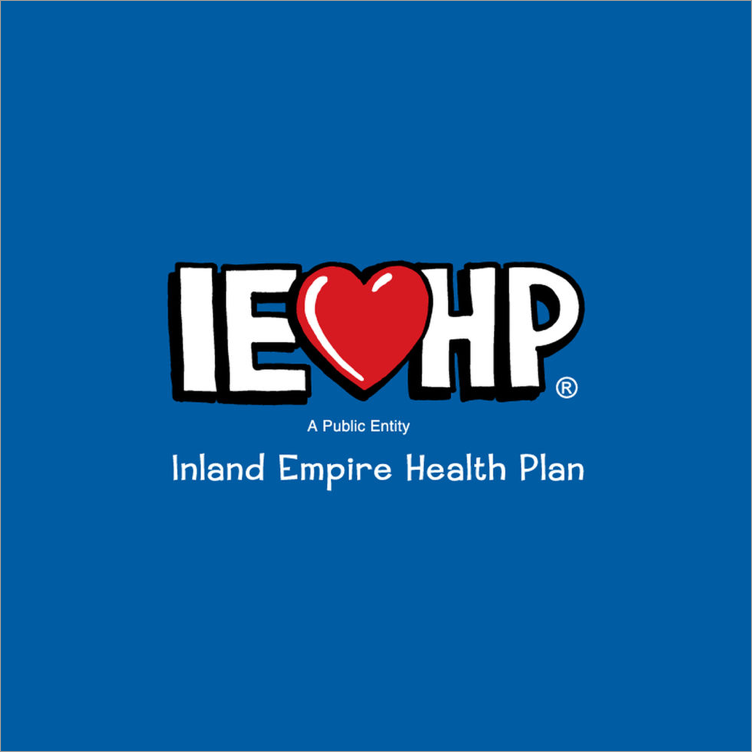
Sidebench teamed up with the American Heart Association (AHA) to deliver AHA’s heart health educational content to their existing client, Inland Empire Health Plan.

Challenge
The Inland Empire Health Plan (IEHP), a Medi-Cal and Medicare health plan and existing Sidebench client, identified a need to educate their community about cardiovascular health, prompting them to add a feature to their app that delivered the educational content to their users in an accessible and consumable way. In order to address this need, Sidebench teamed up with the American Heart Association to deliver AHA’s heart health educational content to IEHP members through a new app feature. The AHA concept of “Life Simple 7” enabled IEHP to evaluate the health risk of each of their members, using the AHA’s seven cardiovascular health factors as a framework for assessment. These include blood pressure, cholesterol, blood glucose, physical activity, healthy diet, healthy weight and smoking status.
Solution
There are countless intertwined factors that play into one’s cardiovascular well-being, and overall health, that differ vastly between patients. In developing this project, there was no singular, clearly defined solution to engaging patients. Sidebench set out to design a digital experience that would help patients with different lifestyles, levels of motivation, and health literacy.

We conducted multiple rounds of user testing and research, including psychographic profiling to not just identify users, but understand the users. This revealed a number of user personas that were not initially accounted for in the “Simple Seven” plan. For example, during our user testing/research we identified high touch vs. low touch users. High touch users include individuals who track health data using things like Fitbit and Apple Watch and have a lot of touch points with tracking their own data. A low touch persona, on the other hand, is someone with minimal data touch points. For example, someone who wants to track their eating habits a few times a week would fall under this category. This was important information for the team to gather, as it greatly informed the design process. The discovery of these different users highlights the complexity that manifests in the health tech space and draws attention to a crucial issue in health tech design: many users often get left behind because they are not accounted for during product creation.
Conclusion
 Based on our research, Sidebench developed a lifestyle-augmenting experience that integrated C2B Solutions’ Psychographic user segmentation tool. Sidebench leveraged this information to determine which content medium users would be most likely to engage with — for example: videos, text, interactive quiz, etc. This user profiling also informed the design of the educational resources and behavioral nudges.
Based on our research, Sidebench developed a lifestyle-augmenting experience that integrated C2B Solutions’ Psychographic user segmentation tool. Sidebench leveraged this information to determine which content medium users would be most likely to engage with — for example: videos, text, interactive quiz, etc. This user profiling also informed the design of the educational resources and behavioral nudges.  Sidebench was ultimately able to build a product that took a number of different, otherwise segmented, health and wellness components and turned them into one cohesive experience. While this technology was developed for the IEHP network, the AHA could expand the use of this app to non-IEHP members with ease, because of its flexibility.
Sidebench was ultimately able to build a product that took a number of different, otherwise segmented, health and wellness components and turned them into one cohesive experience. While this technology was developed for the IEHP network, the AHA could expand the use of this app to non-IEHP members with ease, because of its flexibility.






